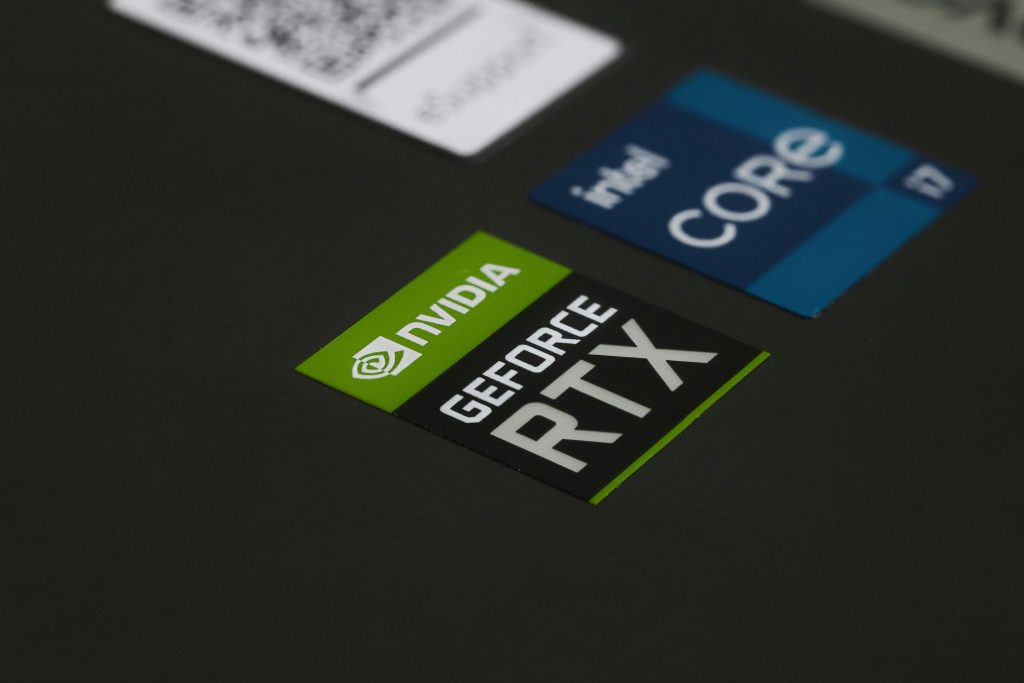Understanding and Resolving BIOS-Induced Laptop Brickage: A Case Study with the Acer Nitro AN515-56
Introduction
Laptop failures can be frustrating, especially when they result from BIOS corruption or improper flashing procedures. In this article, we explore a real-world case involving the Acer Nitro AN515-56, a popular gaming laptop, which experienced boot failure and became unresponsive—a condition often referred to as being “bricked.” We will analyze the symptoms, troubleshoot potential causes, and discuss strategies for restoring the device, emphasizing BIOS flashing considerations.
Case Overview
The user reported that their Nitro AN515-56 exhibited odd behavior prior to failure: upon power-on, the device did not boot normally and instead displayed a pattern of five blue light blinks. Currently, the laptop powers on, with keyboard backlights active and fans spinning, but fails to complete the boot process, indicating a potential BIOS or firmware issue resulting in a “bricked” state.
Symptoms Observed:
– No successful boot
– Five blinks of a blue LED during startup
– Power and fans are active
– Keyboard illumination is functional
Initial Troubleshooting Attempts
The user attempted to repair the device by flashing a new BIOS firmware. They downloaded a BIOS update from the manufacturer’s website, which provided an executable (.exe) file containing a 21MB .bin BIOS file. Concerns were raised that the BIOS image might be too large for the motherboard’s embedded chip or that the file might not be suitable for manual flashing proceedings.
Challenges and Considerations
-
Understanding the BIOS Update Package
When downloading BIOS updates, manufacturers often provide executable installers designed for Windows environments. These files typically automate the flashing process and handle necessary procedures internally. Extracting the BIOS image manually can be complex and potentially risky if the image is incompatible or improperly modified. -
File Size and Compatibility
The 21MB .bin file inside the executable may be larger than what the motherboard’s flash chip can accommodate, or it may contain additional data not suitable for direct flashing. It’s essential to verify the target BIOS chip’s capacity and the specific firmware image requirements. -
Identifying the Correct BIOS Firmware
Using the correct BIOS file is critical. Sometimes, the original BIOS’s start and end bytes are needed for trimming or verifying purposes. Knowledge of these bytes can help ensure the firmware is compatible with the motherboard and prevent further damage.
Strategies for Recovery
- **Use Manufacturer’s Official Flashing Tools
Share this content:



